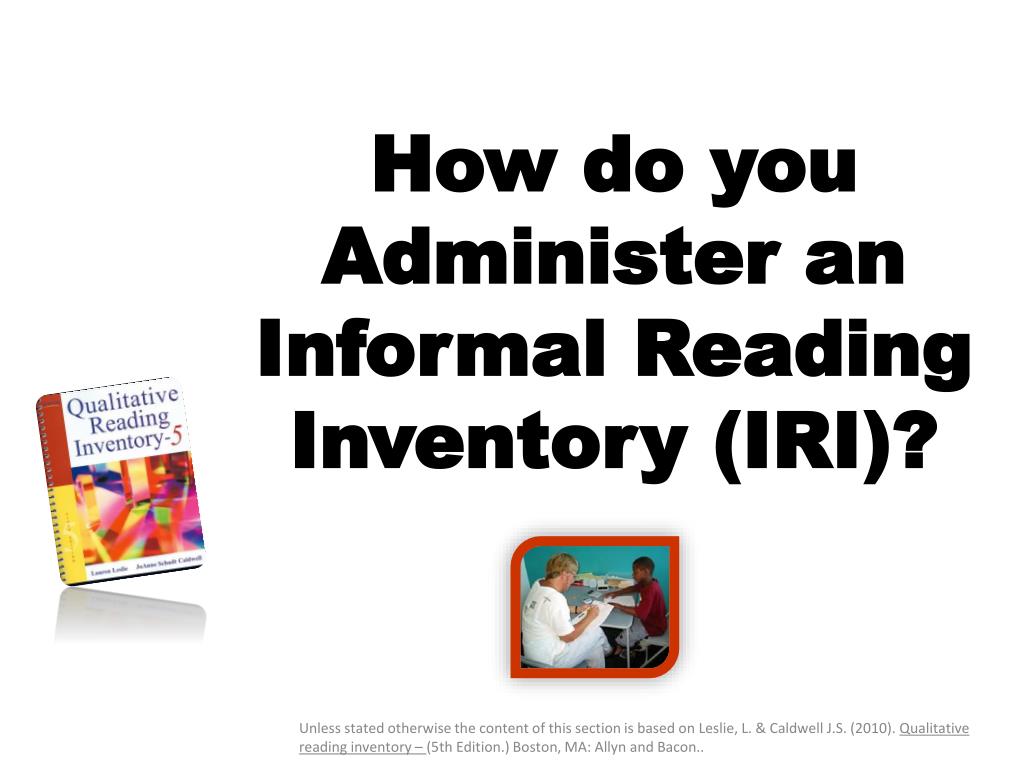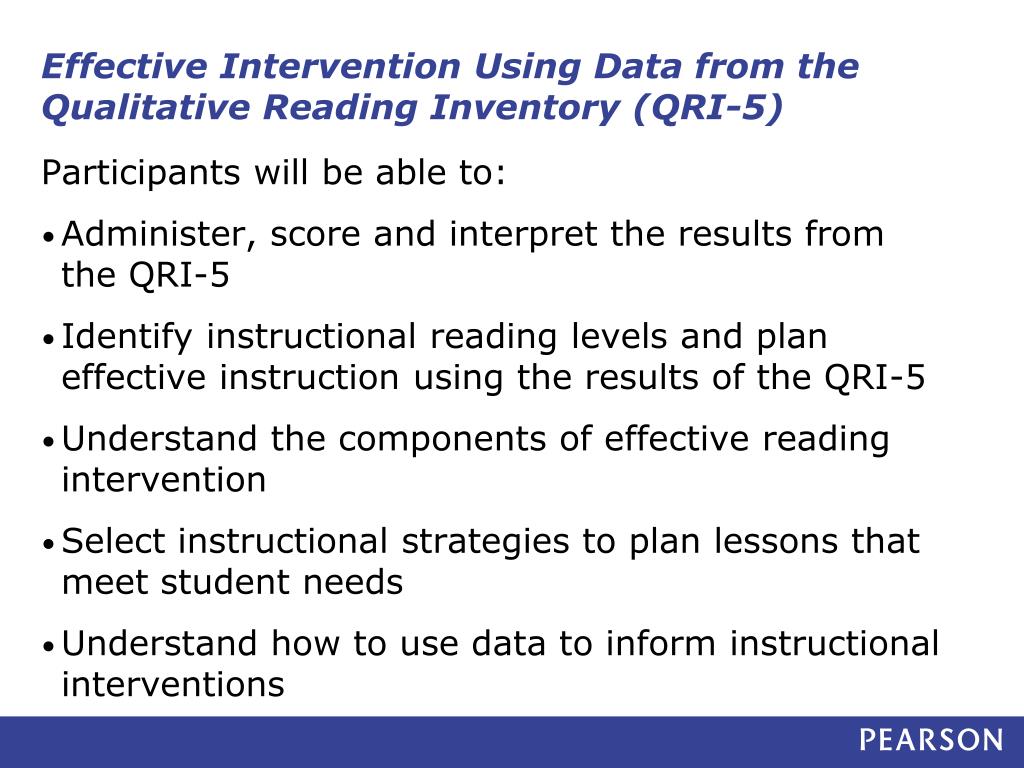
Items in the Annual Report on Form 10-K Part I Most companies also post their 10-Ks and 10-Qs on their own websites. The SEC staff may review the 10-Ks and 10-Qs of certain companies more frequently.Īll 10-Ks and 10-Qs filed with the SEC are available to the public on the SEC’s EDGAR website. The Sarbanes Oxley Act requires the SEC to review every public company’s financial statements at least once every three years. The SEC staff reviews 10-Ks and may provide comments to a company where disclosures appear to be inconsistent with the disclosure requirements or deficient in explanation or clarity. Both the SEC and the staff also provide interpretive advice about the disclosure requirements. The SEC staff reviews 10-Ks and 10-Qs to monitor and enhance companies’ compliance with the requirements. The SEC sets the disclosure requirements – the topics that all companies must cover in their 10-Ks or 10-Qs, and how the information should be presented. The SEC does not vouch for the accuracy of a 10-K or 10-Q. In addition, a company’s CFO and CEO must certify to the accuracy of the 10-K and 10-Q. Likewise, companies are prohibited from omitting material information that is needed to make the disclosure not misleading. Laws and regulations prohibit companies from making materially false or misleading statements. The company prepares the 10-K and 10-Q and files it with the SEC. In those cases, the 10-K filed with the SEC and the annual report to shareholders are the same document. A number of companies, however, simply take their 10-K and send it as their annual report to shareholders. The annual report to shareholders, unlike the 10-K, sometimes appears as a colorful, glossy publication. The 10-K typically includes more detailed information than the annual report to shareholders. There is a lot of overlap in the requirements for the 10-K and the annual report to shareholders, but there are also important differences. SEC rules also require companies to send an annual report to their shareholders when they are holding annual meetings to elect members of their boards of directors. The Form 10-Q is required to be filed after the first, second and third fiscal quarter. public companies usually file their annual reports with the SEC on different forms.) SEC rules require that 10-Ks follow a set order of topics. Securities and Exchange Commission (SEC).

public companies are required to file a 10-K each year with the U.S. Company management also discusses its perspective on the business results and what is driving them.

Among other things, the 10-K and 10-Q offer a detailed picture of a company’s business, the risks it faces, and the operating and financial results for the fiscal year or quarter, as applicable. public company, you can find a wealth of information in the company’s annual reports on Form 10-K and quarterly reports on Form 10-Q. If you want to follow or invest in a U.S. Required Minimum Distribution Calculator.
#Qualitative reading inventory word lists professional

Five Questions to Ask Before You Invest.


 0 kommentar(er)
0 kommentar(er)
